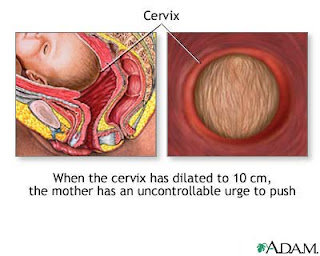Child Birth - Forceps and ventouse delivery
Written by Mystic on Friday, April 11, 2008If a baby is slow in coming through the birth canal, or becomes stuck, it is necessary to ensure that the baby is delivered as quickly as possible, often within a few seconds. In these situations forceps or a vacuum device (ventouse) may be attached to the baby’s head. Forceps may also be used to protect a delicate skull in premature babies, or assist the birth of the head when the baby is breach (bottom first). Forceps cannot crush or damage a baby’s skull as they have a lock on them that prevents them from closing too far. They come in different sizes and shapes to suit both mother and child. The two arms of the forceps are slid separately around the baby’s head, and are then locked into position on the outside. Once in position, the baby’s head can be turned to a more favourable position, and easily slid out of the birth canal (vagina). A ventouse is a suction cap that fits onto the baby’s scalp and applies traction to the head as the mother pushes. The doctor cannot pull too hard because the vacuum seal will break if s/he does so. This form of intervention is far more uncomfortable for the mother than the baby, as the baby is being removed from a trapped position into the outside world. Additional pain relief or anaesthetics are usually given to the mother during the procedure.
 | Posted in »
| Posted in »
